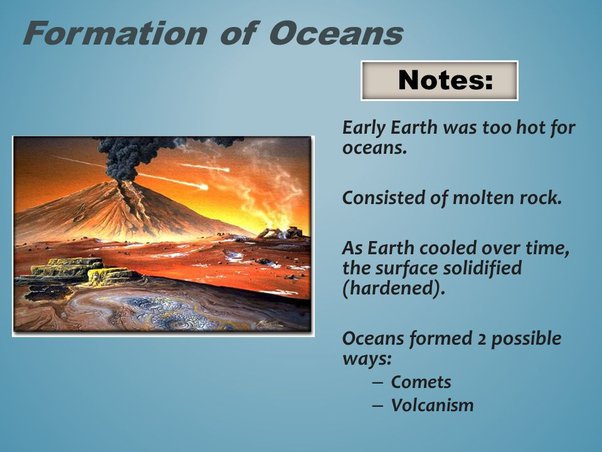2022-11-07 20:11:02
What are functions of B vitamins and of two vitamin-like nutrients?
Vitamin B6 is also called pyridoxine. Vitamin B6 helps form red blood cells and maintain brain function. This vitamin also plays an important role in the proteins that are part of many chemical reactions in the body. The more protein you eat the more pyridoxine your body requires.
Vitamin B12, like the other B vitamins, is important for metabolism. It also helps form red blood cells and maintain the central nervous system.
Biotin (B7) is essential for the metabolism of proteins and carbohydrates, and in the production of hormones and cholesterol.
Niacin (B3) is a vitamin that helps maintain healthy skin and nerves. It also has cholesterol-lowering effects at higher doses.
Folate (B9) works with vitamin B12 to help form red blood cells. It is needed for the production of DNA, which controls tissue growth and cell function. Any woman who is pregnant should be sure to get enough folate. Low levels of folate are linked to birth defects such as spina bifida. Many foods are now fortified with folate in the form of folic acid.
Pantothenic acid (B5) is essential for the metabolism of food. It also plays a role in the production of hormones and cholesterol.
Riboflavin (B2) works with the other B vitamins. It is important for body growth and the production of red blood cells.
Thiamine (B1) helps the body cells change carbohydrates into energy. Getting enough carbohydrates is very important during pregnancy and breastfeeding. It is also essential for heart function and healthy nerve cells.
Some vitamin-like nutrients are also needed by the body such as:
Choline that helps in normal functioning of the brain and nervous system. Lack of choline can cause swelling in liver.
Carnitine that helps the body to change fatty acids into energy.
Subscribe- t.me/askmenow
1.7K views17:11





